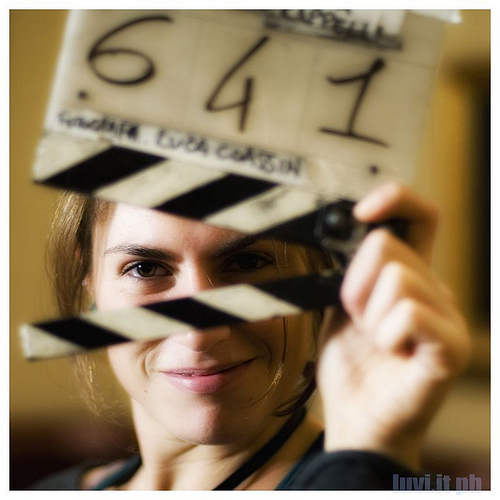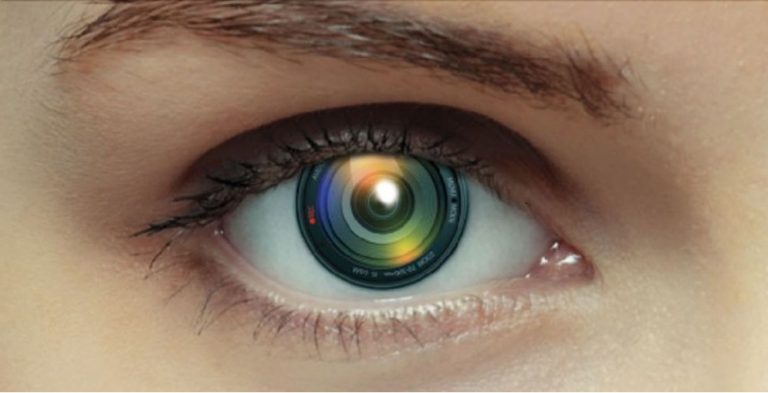Why You Should Shoot Your Novel
There’s a whole lot more to “showing” than you think! Sol Stein in his book Stein on Writing says, “Twentieth-century…

There’s a whole lot more to “showing” than you think! Sol Stein in his book Stein on Writing says, “Twentieth-century…

Part of fast-tracking to success lies in writing novels that readers can quickly sink their teeth into. That usually means…

For this week’s Throwback Thursday, we’re looking at excerpts from past posts on Live Write Thrive that tie in with…

This week editor Robin Patchen wraps up our look at Fatal Flaw #11 – Pesky Adverbs and Weasel Words. If you’ve missed…

Editor Robin Patchen wraps up our examination of Fatal Flaw: # 6 Show, Don’t Tell. Writers often succumb to this fatal flaw…

Editor Christy Distler continues our examination of Fatal Flaw: # 6 Show, Don’t Tell. Writers often succumb to this fatal flaw…

Editor Linda Clare continues our examination of Fatal Flaw: # 6 Show, Don’t Tell. Writers often succumb to this fatal flaw of…

Editor Rachel Starr Thomson dives into our new monthly fatal flaw: # 6 Telling, instead of Showing, Story . Writers often…

We’re continuing our look this month at Fatal Flaw # 2—Nothin’ Happenin’. Last week editor Rachel Starr Thomson explained the…

Subscribe to my email blasts to level up your writing and be notified of upcoming events and offers!
No products in the cart.